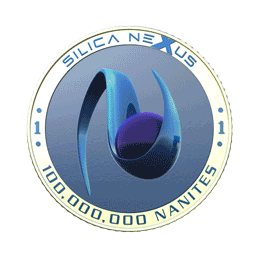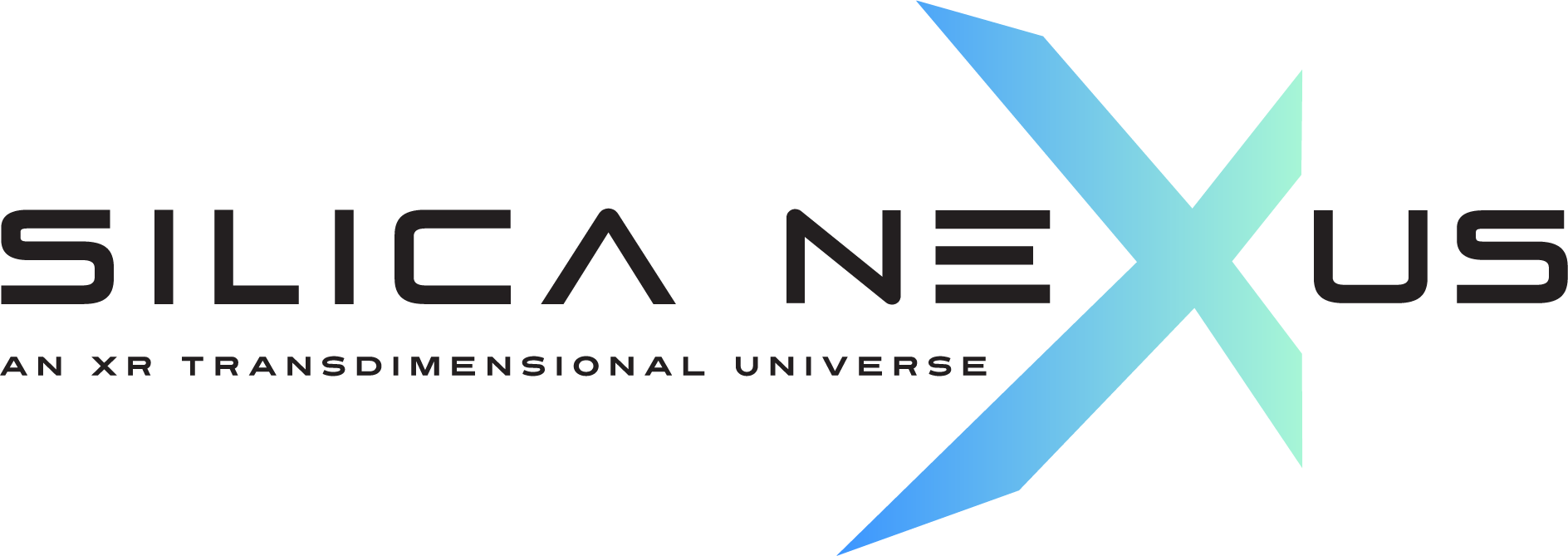Breaking down the walled gardens of the network service providers fueled the explosive growth of the internet. Removing the barriers to playing together and leveraging blockchain to secure virtual goods transactions creates the perfect conditions to similarly ignite the game industry.
However, the VR and AR industry seems to be making the same mistake by trying to lock in content to exclusive hardware contracts. Creating silos around VR hardware with content as the restrictor will slow growth for both that content and the VR market in general. By opening the ecosystem, allowing more people to interact with their friends over all devices is the fastest way to achieve the critical mass required to create the tipping point, that takes VR and AR mainstream as everyday devices.
Just as ‘the fewer clicks = the greater the user acquisition’ rule works in web design, removing the user acquisition ‘friction’ will increase its Total Addressable Market (TAM), allowing the network effect of an excited user to attract more consumers who are able to join in on the fun.
In the 90’s, users’ expectations of VR were nonexistent. Consumers had nothing to compare VR with, which allowed startups to succeed from just the novelty of VR.
The landscape is different now. VR consumers have their “experience” expectations set by $100M+ development budget titles like Halo, World of Warcraft, League of Legends, Overwatch, Call of Duty, Grand Theft Auto, and Final Fantasy.
The Secret Sauce
So, what is the ‘Secret Sauce’ for breaking down the barriers of the current entertainment ecosystem? It lies in the differences between the devices. Consumer entertainment is designed differently than out-of-home; the former is meant to be played for hundreds of hours and the latter is made for throughput, meaning minutes at a time.
Consumer has hardware cost limitations to appeal to the masses, whereas, out-of-home is the opposite, the more expensive the hardware, the bigger the mass appeal. Across these platforms, you also have the differences in types of interfaces: Virtual Reality, Augmented Reality and standard screen interfaces all have different design parameters. The solution is in “Contextual Based Interfaces (CBI)” for one virtual universe. CBI is a broader concept than just the frontend interface, it includes how to pull off the backend infrastructure — everything we have learned over the last 30 years and more we must invent. Many smart minds will be challenged here to develop this. And that is how we like it!
CBI bridges together how we will Live, Work, Learn, and Play on the Experience-Net.
 The virtuous circle refers to a complex chain of positive events that reinforce themselves through a feedback loop. A virtuous circle has favorable results, while the opposite, a vicious circle, has detrimental results.
The virtuous circle refers to a complex chain of positive events that reinforce themselves through a feedback loop. A virtuous circle has favorable results, while the opposite, a vicious circle, has detrimental results.






